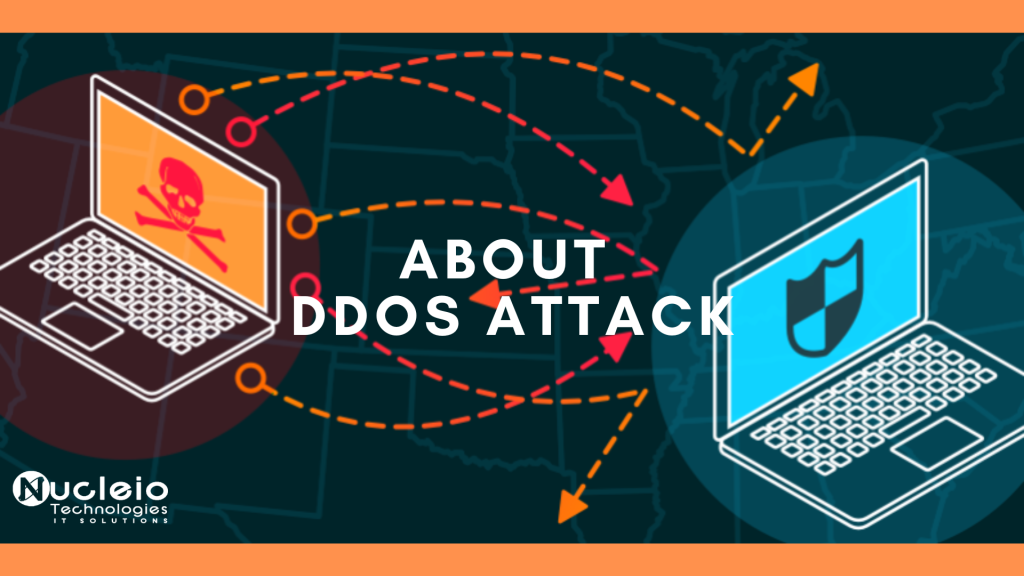This blog explores the intricate world of DDoS attacks, their mechanisms, motivations, and strategies used to mitigate and defend against these relentless cybercriminals and hacktivists.
Definition of DDoS Attack
A distributed denial of service (DDoS) attack is a malicious attempt to make an online service inaccessible to users, typically by the brief suspension or interruption of the hosting server’s operations.
A botnet, which is a network of compromised devices that frequently spread globally, is used to perform DDoS attacks. It differs from other denial of service (DoS) assaults in that it floods a target with malicious traffic using a single network connection or Internet-connected device. The primary cause of these two rather different definitions is this nuance.
Common DDoS Attack Types:
While a DDoS attack intends to disrupt some or all of its target’s services, not all DDoS attacks are the same. They feature unique characteristics, methods, and attack vectors. There are three common types of DDoS attacks:
Volumetric (Gbps)
It can also be called “floods” because an attack floods a target’s server with requests, like unwanted pings. Attacks are measured in bits per second (bps) or Gigabits per second (Gbps).
The concept of a volumetric attack is simple: send as much traffic as possible to a site to overwhelm the server’s bandwidth. Volumetric attacks use amplification techniques, such as DNS amplification, where attackers send small DNS requests with the victim’s spoofed source IP address, causing a large response.
Protocol (pps)
An internet protocol is a discrete set of rules for exchanging information across the internet. TCP/IP is one of the most well-known rules for exchanging requests and data. A bad actor can severely disrupt an online service by exploiting these rules.
Application layer (rps) attacks
These protocol attacks compromise a service with the sheer number of requests, and application layer attacks, and target an edge server that executes a web application. Attackers often mimic legitimate users, causing smaller traffic spikes and requiring no botnet assistance, making them harder to detect.
Attackers don’t make clean distinctions between these three types of DDoS attacks. Their goal is to disrupt your business. When attacking their target, they’ll combine volumetric, protocol, and application layer attacks into a multi-vector attack. Multi-vector attacks hit the target in varying forms and disrupt the processes at a higher level.
In conclusion, DDoS attacks continue to pose significant threats to businesses, organizations, and individuals alike. Understanding the nature of these attacks, their potential impacts, and effective mitigation strategies is crucial in safeguarding against the devastating consequences they can bring.

